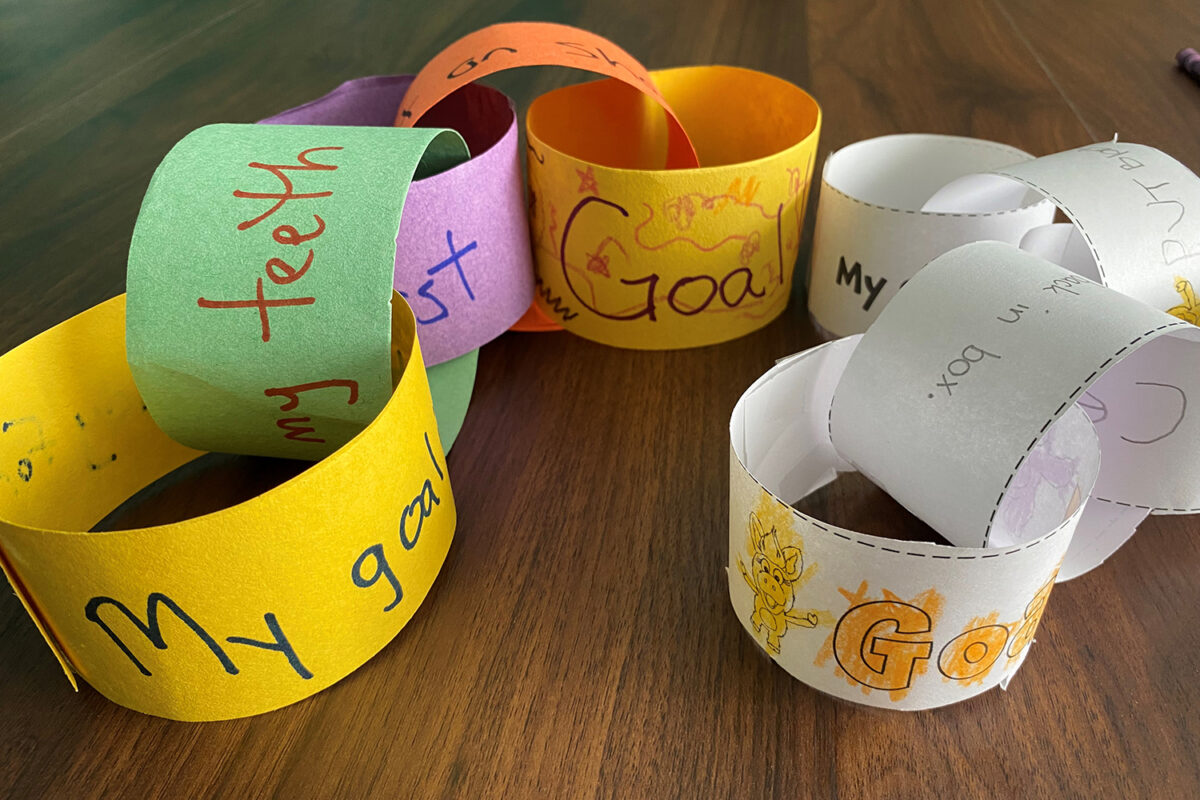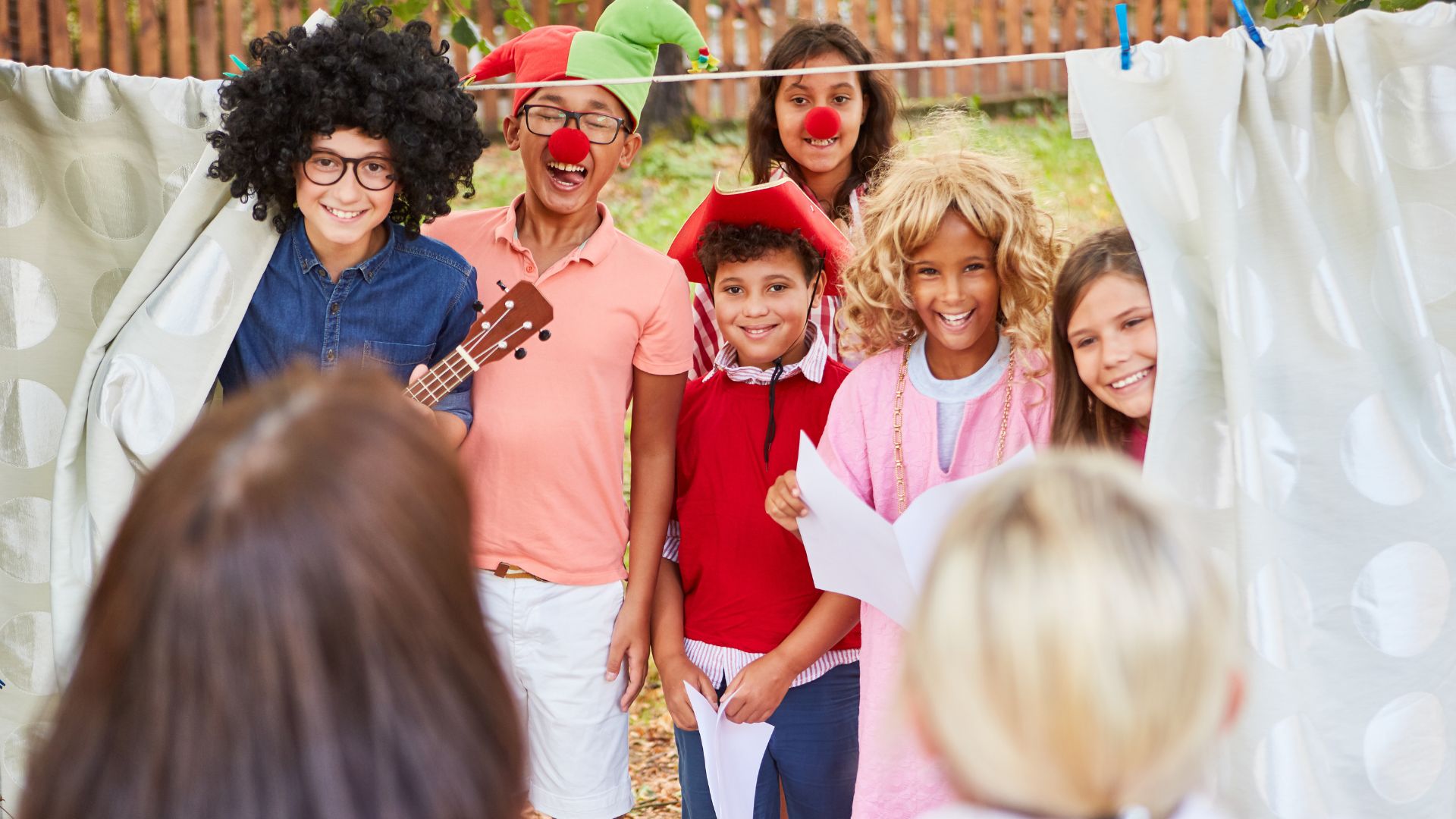
It’s August in Alabama and that means one thing. It’s time for kids to head back to school! With the endless days of summer, swimming, outdoor play, camps, and maybe too much chaos, there comes a point when getting back into a routine is necessary.
Establish a Routine
Likely the most important back-to-school activity in our household is establishing a routine. Typically, we begin this process about two weeks before the start of the school year. Our children begin to go back to bedtime schedules, wake-up routines, and technology limitations. An established, consistent routine creates a structure necessary for ultimate productivity.
A great way to establish a routine is through planners and calendars. Create or purchase a weekly or monthly calendar for your child and sit down with them once a week to plan ahead. List out meals, activities, chores, due dates, etc. By doing this, you are all part of the conversation, and it will provide structure, consistency, and independence for all ages.

Goal Setting & Planning for the Year Ahead
As with any activity or project, you should have a goal in mind. What do you and your child want to accomplish for this upcoming academic year? With my first grader, I want to focus on improving her foundational reading skills. We will be working on reviewing her sight words, writing, and spelling. A simple chart is a great way to visualize goals and to check them off once they are accomplished! My sixth grader needs to establish time management skills and identify a community service project to support.
Meanwhile, my sophomore in high school is dual-enrolled and still figuring out how to balance academics and downtime. Regardless of what stage of life your child is in, setting goals prior to the start of school will establish a strong foundation for success. And goals can be fluid! As the year progresses, so may your child or their needs. Goals should be adjusted as needed to ensure a successful year.
Create Your Resume
I would always ask my students, “What problem do you want to solve?” instead of asking what they wanted to be when they grew up. By asking the question in this way, students begin to think about their passions, interests, talents, etc. that would help them solve a problem. This thinking activity typically would lead to conversations about careers that could help solve the problem. From there, we would discuss what they would need to accomplish in school to prepare for that career pathway.
A resume reflects skills and accomplishments at any age and stage of life. Obviously, my first grader will not have a resume that looks anything like my high schooler’s. However, even just tracking her improvements and progress in a meaningful way can help her reflect on how much she is learning over the course of the year. It is also a fun way to see what her interests are and how they evolve over time. It is never too early to discuss what a child is interested in and how those interests can turn into jobs and careers.
In addition, by discussing interests and pathways, kids can identify clubs, organizations, service projects, and activities they would like to participate in throughout the school year.
Work Hard, Play Hard.
It is important to balance work and play—whether you are a child or an adult! Make sure you have scheduled activities or extracurriculars for your child. These can include after-school care, dance or acting classes, sports, or organized playtime in your neighborhood. After a long day in the classroom, students need structured activity to release their energy, have fun, and have opportunities to socialize in a non-academic environment.
Curious as to when your local schools are starting back? The Alabama State Department of Education provides a calendar to access opening dates for all Alabama public and charter schools.






Follow Us